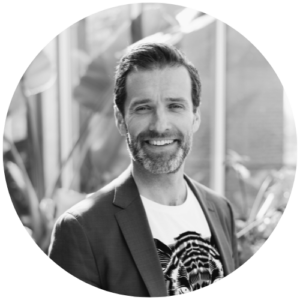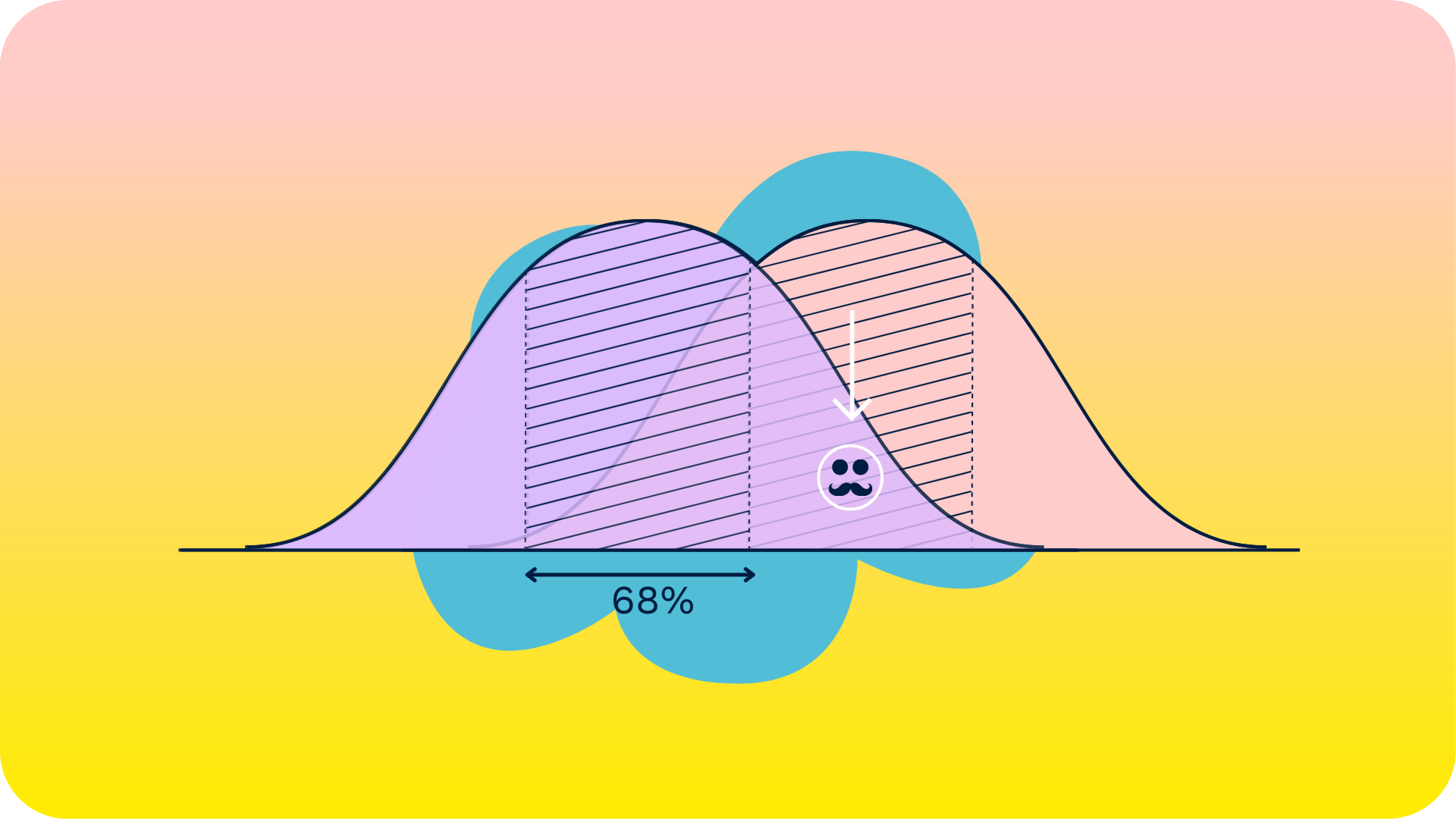Future proof is not future ready
Adapting to change
The future is always changing. Whether you like it or not: change is a constant. As the future can not be predicted, the best way to prepare for a future is to embrace the possibilities that lie ahead of you. So how can you become future ready?
In our work at Minkowski we help organizations map these possibilities in a so-called ‘cone of possibilities’. The basic idea behind this, is that you explore what is possible for your organization in the near future and identify what these possibilities could mean for your company. By doing this you’ll be able to identify the (weak) signals of a possible future, so that when these signals show up, you know how to respond to them (or how to use them to accelerate on your strategic path forward). There’s one crucial factor in doing this successfully: you really have to believe that these possibilities could occur and you really have to believe that you are able to react to them with your organization. Or in other words: you have to embrace these possibilities: you have to embrace the future.
Future proof
What does this mean? Let’s look back at that last sentence: ‘embrace the future’. And let’s use the analogy of something that is ‘waterproof’ and replace the word future for the word water. Embracing the future then becomes: embracing the water. For something that should be waterproof that is the last thing you want. Instead of embracing the water you would want to keep the water out. Now ask yourself: if you want to prepare your organization for the future do you want to keep the future out?
From future proof to future ready
I’m assuming that your answer to that question is ‘no’. You don’t want to keep the future out, on the contrary, you would want to get the future in. As I’ve described above, the way we get the future in with our work at Minkowski is by starting from the future and then reasoning our way back to today. This way ’the future’ is ingrained in all the things you do afterward. As soon as you’ve seen something, you can never not see it anymore (at least if you really believe in the possibility) and this also goes for your thoughts about the future.
If it’s not future proof, then what should it be? Arjan suggested ‘future ready’. If you phrase it like that futures thinking becomes an activity to make yourself ready for when that future emerges. Just like you get ready for the final of a big tournament you can then train yourself for it.
We believe that is a much better way to make your organization sensitive for the changes that lie ahead, because the question is not: will it change, but when will it change?
Get in touch with us to discuss how we can help you to get ready for the future here.
Written by Jörgen van der Sloot
Founder & Head of Futures at Minkowski







